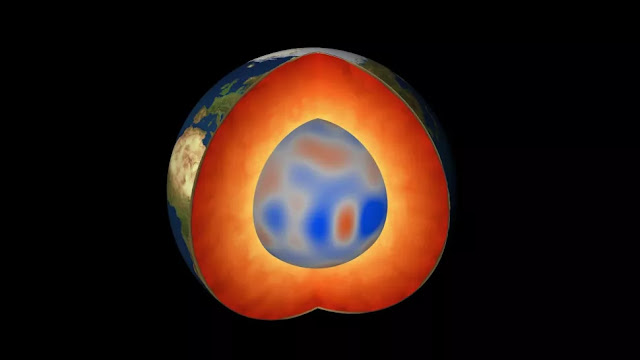A groundbreaking nuclear fusion rocket could slash the time it takes astronauts to travel to Mars in half.
Pulsar Fusion has started construction on what it claims is the largest practical nuclear fusion rocket engine ever built. The exhaust speeds from the new rocket could reach over 500,000 miles per hour.
“Humanity has a huge need for faster propulsion in our growing space economy, and fusion offers 1,000 times the power of the conventional ion thrusters currently used in orbit,” Richard Dinan, the CEO of Pulsar Fusion, said in a statement.
“In short, if humans can achieve fusion for energy, then fusion propulsion in space is inevitable. We believe that fusion propulsion will be demonstrated in space decades before we can harness fusion for energy on Earth.”
The key to fusion power is building sustained heat. Pulsar Fusion’s new direct fusion drive (DFD) rocket engine will hopefully reach several hundred million degrees, creating temperatures hotter than the Sun.
Engineers are building the engine in a test facility in Bletchley, England. The fusion reactor generates energy, creating a plasma of electrically charged particles. Those energetic particles are converted to thrust using a rotating magnetic field.
But confining the super-hot plasma with an electromagnetic field is a huge challenge. To better understand the complex plasma, the company is using AI machine learning to study data from the PFRC-2 fusion reactor.
The key to fusion power is building sustained heat. Pulsar Fusion’s new direct fusion drive (DFD) rocket engine will hopefully reach several hundred million degrees, creating temperatures hotter than the Sun.
Engineers are building the engine in a test facility in Bletchley, England. The fusion reactor generates energy, creating a plasma of electrically charged particles. Those energetic particles are converted to thrust using a rotating magnetic field.
But confining the super-hot plasma with an electromagnetic field is a huge challenge. To better understand the complex plasma, the company is using AI machine learning to study data from the PFRC-2 fusion reactor.
The simulations will assess the performance of nuclear fusion plasma for propulsion as it exits a rocket engine emitting exhaust particles at hundreds of miles per second. READ MORE...




